In 1960, DARPA funded three university-based Inderdisciplinary Laboratories (IDLs) that opened the way toward an enormous field of research and development known today as materials science and engineering. In this video, DARPA program managers, DARPA-funded researchers, and a Naval Research Laboratory scientist tell this field-building story as it unfolded over the past six decades, all the while delivering breakthroughs in the way materials are designed, processed, and deployed to push technologies forward. Intelligent processing of materials (IPM), accelerated insertion of materials (AIM), and integrated computational materials engineering (ICME) are among the specific programs detailed in the video. DARPA is currently developing technologies that enable the crafting of new materials with unprecedented properties by designing and controlling matter from atoms on up to human-scale systems.
Category: engineering – Page 81
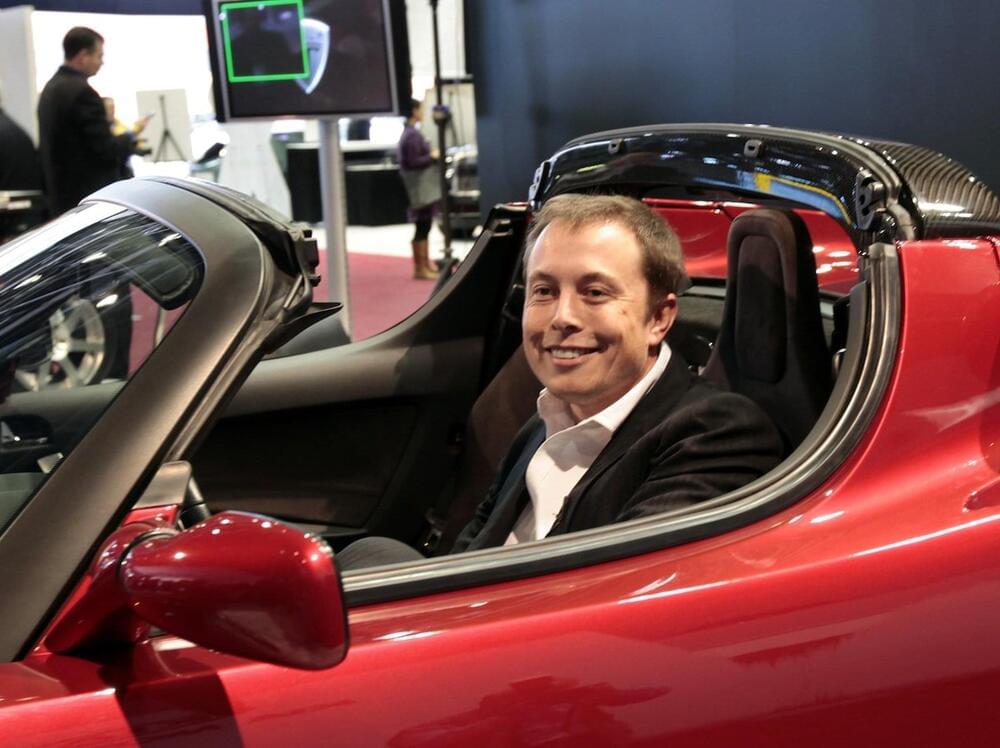
Tesla open sources all design and engineering of original Roadster
Tesla has open-sourced all of the design and engineering of the original Roadster, CEO Elon Musk announced today, and plenty of people are wondering if the timing of the release has anything to do with the next-gen Roadster that is now several years behind schedule.
Tesla has opened everything from Owner’s Manuals to Circuits and Connectors for the original Roadster, which was the automaker’s first project fifteen years ago in 2008.
The vehicle was essentially a fundraising campaign for Tesla as it fought to keep its doors open and transform the passenger vehicle industry. It almost bankrupted the company, but now, everything that was developed for Tesla’s initial EV project is available for anyone to take a look at.
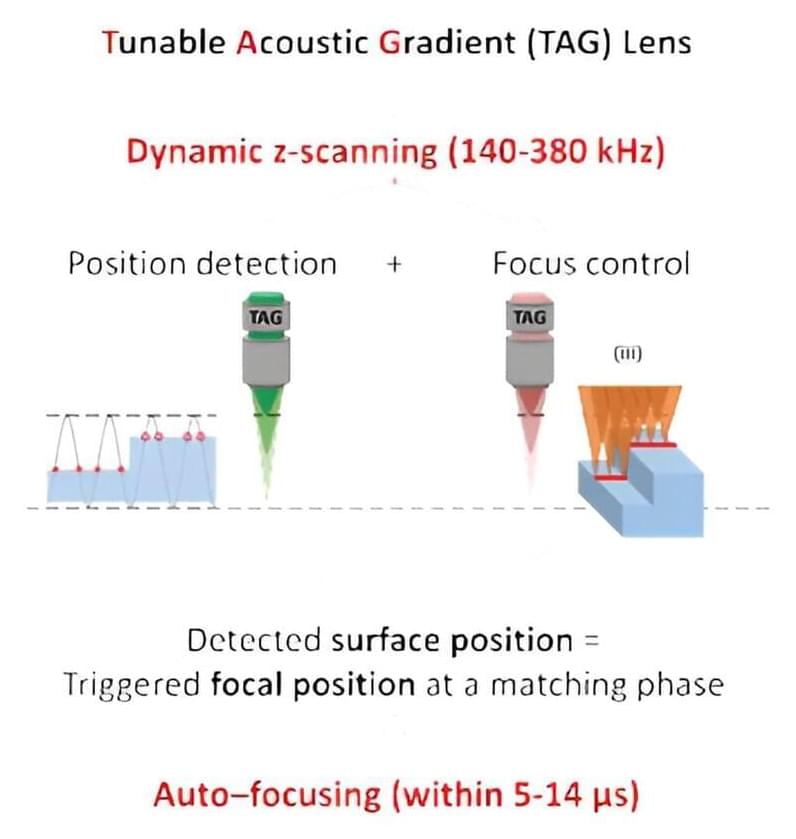
Dynamic z-scanning for ultrafast auto-focusing in laser processing
In laser-based manufacturing, accommodating non-flat, or changing surfaces has traditionally been labor-intensive, involving complex focus mapping procedures and or ex-situ characterization. This often results in repositioning errors and extended processing times.
To address these issues, ultra-high-speed auto-focusing in laser processing has been developed. Whereas most auto-focusing techniques still require the mechanical motion of a motorized stage. This mechanical movement in the beam propagation axis can be significantly slower than the lateral speed, slowing down the process of surface detection and re-alignment. Furthermore, it requires feedback, control, and sensing methods in order to determine the optical focal position.
In a new paper published in Light: Science & Applications, a team of researchers, led by Professor Craig B. Arnold from the Department of Mechanical and Aerospace Engineering at Princeton University, U.S., developed a fast method to simultaneously track the specific location of a surface and adjust the focus of an optical system. They employed axial varifocal optics, specifically a TAG lens, which operates at 0.1−1 MHz, bypassing delays from the mechanical motion in the beam propagation direction.

Invisible No More: Tiny Bubbles Could Reveal Immune Cell Secrets and Improve Treatments
Macrophages, small but essential cells in the immune system, hold promise for cell-based therapies in numerous health conditions. Unlocking the full potential of macrophage therapies depends on our ability to observe their activities within the body. Now, researchers from Penn State have potentially developed a method to monitor these cells in action.
In a study published in the journal Small, the Penn State researchers report a novel ultrasound imaging technique to view macrophages continuously in mammal tissue, with potential for human application in the future.
“A macrophage is a type of immune cell that is important in nearly every function of the immune system, from detecting and clearing pathogens to wound healing,” said corresponding author Scott Medina, the William and Wendy Korb Early Career Associate Professor of Biomedical Engineering. “It is a component of the immune system that really bridges the two types of immunity: innate immunity, which responds to things very quickly but in a not very precise way, and adaptive immunity, which is much slower to come online but responds in a much more precise way.”
Windows Hello auth bypassed on Microsoft, Dell, Lenovo laptops
Security researchers bypassed Windows Hello fingerprint authentication on Dell Inspiron, Lenovo ThinkPad, and Microsoft Surface Pro X laptops in attacks exploiting security flaws found in the embedded fingerprint sensors.
Blackwing Intelligence security researchers discovered vulnerabilities during research sponsored by Microsoft’s Offensive Research and Security Engineering (MORSE) to assess the security of the top three embedded fingerprint sensors used for Windows Hello fingerprint authentication.
Blackwing’s Jesse D’Aguanno and Timo Teräs targeted embedded fingerprint sensors made by ELAN, Synaptics, and Goodix on Microsoft Surface Pro X, Lenovo ThinkPad T14, and Dell Inspiron 15.
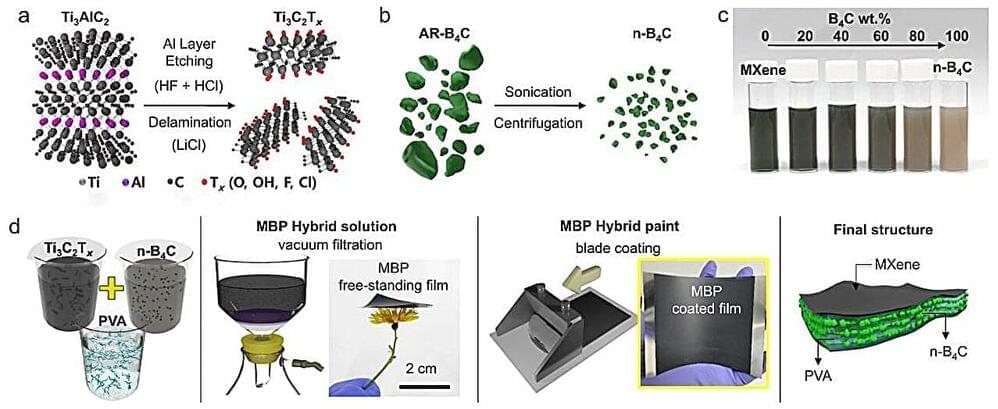
Researchers develop neutron-shielding film for radiation protection
An advancement in neutron shielding, a critical aspect of radiation protection, has been achieved. This breakthrough is poised to revolutionize the neutron shielding industry by offering a cost-effective solution applicable to a wide range of materials surfaces.
A research team, led by Professor Soon-Yong Kwon in the Graduate School of Semiconductors Materials and Devices Engineering and the Department of Materials Science and Engineering at UNIST has successfully developed a neutron shielding film capable of blocking neutrons present in radiation. This innovative shield is not only available in large areas but also lightweight and flexible.
The team’s paper is published in the journal Nature Communications.
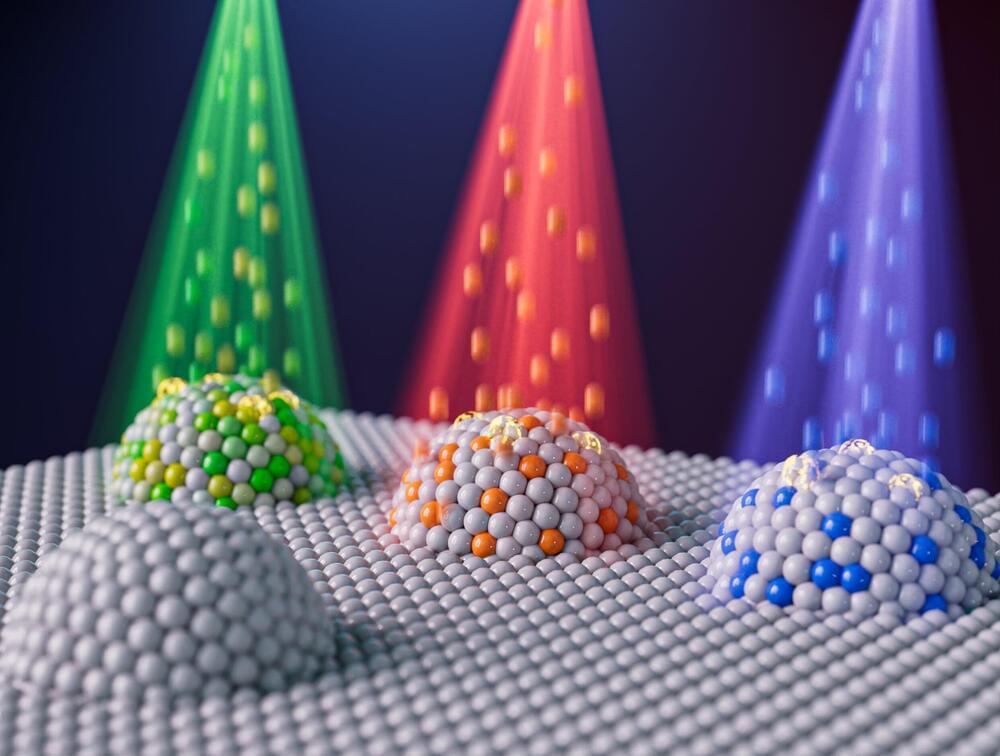
Researchers engineer nanoparticles using ion irradiation to advance clean energy, fuel conversion
MIT researchers and colleagues have demonstrated a way to precisely control the size, composition, and other properties of nanoparticles key to the reactions involved in a variety of clean energy and environmental technologies. They did so by leveraging ion irradiation, a technique in which beams of charged particles bombard a material.
They went on to show that nanoparticles created this way have superior performance over their conventionally made counterparts.
“The materials we have worked on could advance several technologies, from fuel cells to generate CO2-free electricity to the production of clean hydrogen feedstocks for the chemical industry [through electrolysis cells],” says Bilge Yildiz, leader of the work and a professor in MIT’s Department of Nuclear Science and Engineering and Department of Materials Science and Engineering.
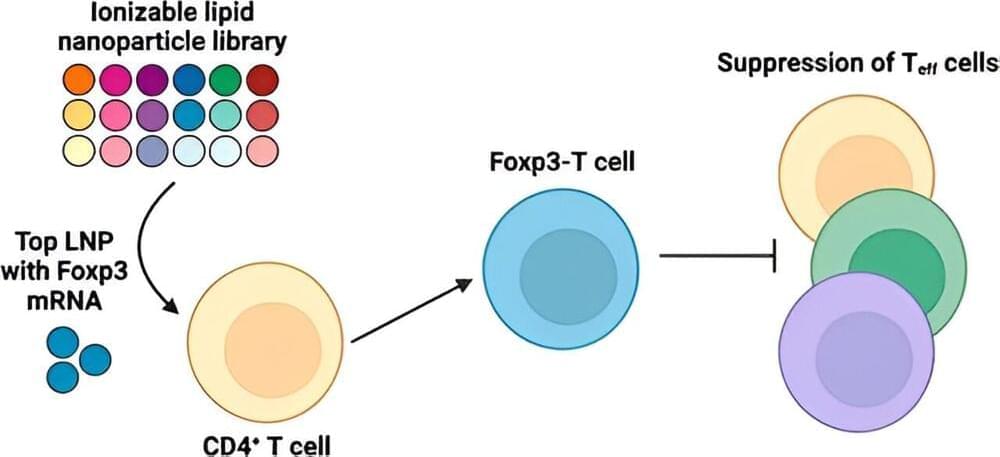
Lipid nanoparticles that deliver mRNA to T cells hold promise against autoimmune diseases
Autoimmune disorders are among the most prevalent chronic diseases across the globe. Emerging treatments for autoimmune disorders focus on “adoptive cell therapies,” or those using cells from a patient’s own body to achieve immunosuppression. These therapeutic cells are recognized by the patient’s body as “self,” therefore limiting side effects, and are specifically engineered to localize the intended therapeutic effect.
In treating autoimmune diseases, current adoptive cell therapies have largely centered around the regulatory T cell (Treg), which is defined by the expression of the Forkhead box protein 3, orFoxp3. Although Tregs offer great potential, using them for therapeutic purposes remains a major challenge. In particular, current delivery methods result in inefficient engineering of T cells.
Tregs only compose approximately 5%–10% of circulating peripheral blood mononuclear cells. Furthermore, Tregs lack more specific surface markers that differentiate them from other T cell populations. These hurdles make it difficult to harvest, purify and grow Tregs to therapeutically relevant numbers. Although there are additional tissue-resident Tregs in non-lymphoid organs such as in skeletal muscle and visceral adipose tissue, these Tregs are severely inaccessible and low in number.
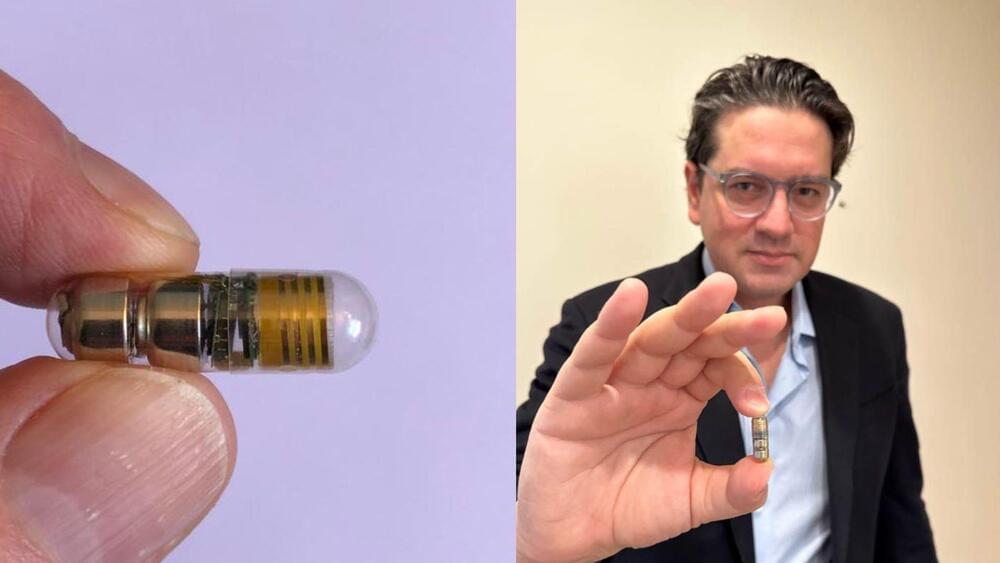
Swallowable device tracking vital signs inside the body in human trial
A new device that can be swallowed like a pill can track vital signs such as breathing and heart rate from inside the body.
Left: Ben Pless Right: Traverso Lab at Brigham and Women’s Hospital.
“This device can help diagnose and monitor many health conditions without requiring hospital visits, which can make healthcare more accessible and supportive for patients,” says Giovanni Traverso, the lead author of the study, an associate professor of mechanical engineering at MIT and a gastroenterologist at Brigham and Women’s Hospital.

New technique could speed up the development of acoustic lenses, impact-resistant films and other futuristic materials
Metamaterials are products of engineering wizardry. They are made from everyday polymers, ceramics, and metals. And when constructed precisely at the microscale, in intricate architectures, these ordinary materials can take on extraordinary properties.
With the help of computer simulations, engineers can play with any combination of microstructures to see how certain materials can transform, for instance, into sound-focusing acoustic lenses or lightweight, bulletproof films.
But simulations can only take a design so far. To know for sure whether a metamaterial will stand up to expectation, physically testing them is a must. But there’s been no reliable way to push and pull on metamaterials at the microscale, and to know how they will respond, without contacting and physically damaging the structures in the process.